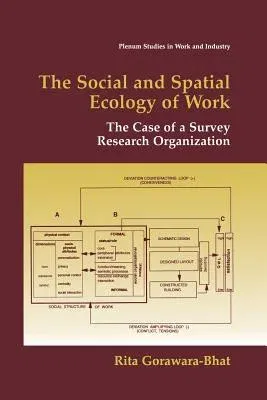Rita Gorawara-Bhat
(Author)The Social and Spatial Ecology of Work: The Case of a Survey Research Organization (2002)Paperback - 2002, 14 March 2013

Qty
1
Turbo
Ships in 2 - 3 days
In Stock
Free Delivery
Cash on Delivery
15 Days
Free Returns
Secure Checkout
Part of Series
Springer Studies in Work and Industry
Print Length
176 pages
Language
English
Publisher
Springer
Date Published
14 Mar 2013
ISBN-10
1475773536
ISBN-13
9781475773538
Description
Product Details
Author:
Book Edition:
2002
Book Format:
Paperback
Country of Origin:
NL
Date Published:
14 March 2013
Dimensions:
23.39 x
15.6 x
1.07 cm
ISBN-10:
1475773536
ISBN-13:
9781475773538
Language:
English
Location:
New York, NY
Pages:
176
Publisher:
Weight:
285.76 gm

